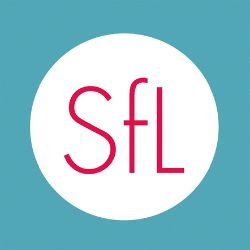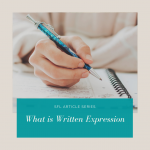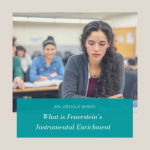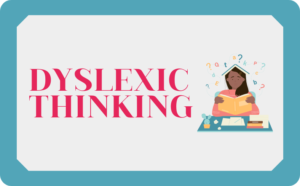No products in the cart.
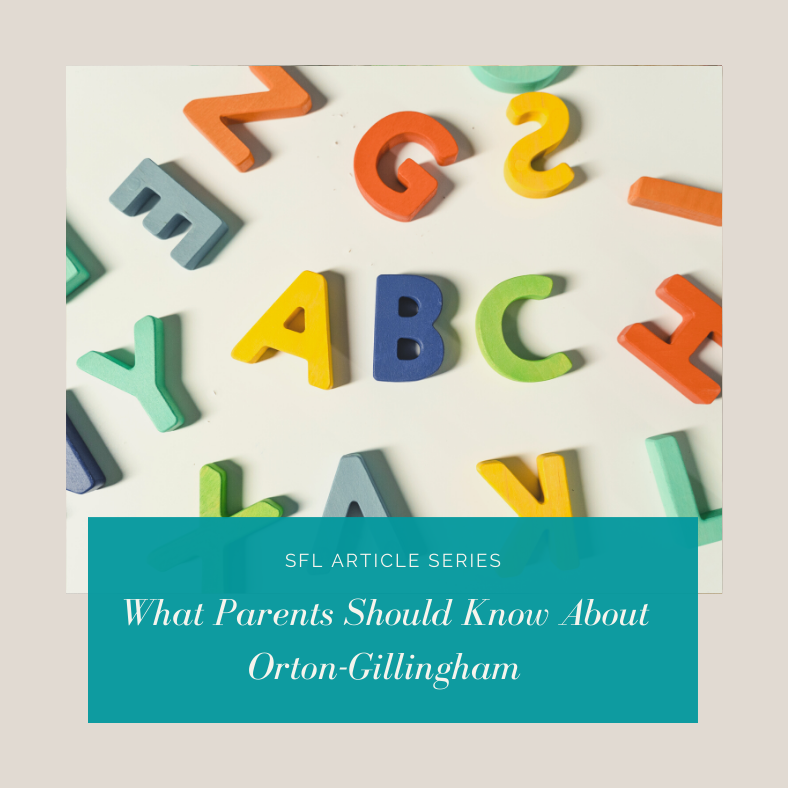
What is Orton-Gillingham?
Orton-Gillingham approach or O-G is a research-based teaching methodology that teaches students how to read, write, and spell using a highly explicit and multi-sensory approach.
Is Orton-Gillingham Phonics Instruction?
Yes, O-G is a highly systematic way to teach phonics and foundational literacy skills. It is especially beneficial to children with dyslexia and other reading challenges.
How to Find an Orton-Gillingham Tutor Near Me
When looking for a Tutor or Educational Therapist for your struggling reader, ask about their teaching background, training, and certifications in structured literacy programs like O-G. At Strategies for Learning, we have a team of Educational Therapists and Reading Specialists with a deep understanding of dyslexia and other learning disabilities and extensive background in O-G-based programs. Learn more about our team.
Contact us to learn more about how we support students using the Orton-Gillingham approach.
Is Orton-Gillingham Effective?
Orton-Gillingham is an evidence-based teaching methodology based on a body of research called the “Science of Reading.” Research involving case studies of students who have had O-G explicit instructions proves increased overall test scores on state tests in the following areas: decoding, encoding, sight word recognition, and spelling. It is often considered the “gold standard” for reading remediation.
What is the Science of Reading?
The term “Science of Reading” encompasses a vast collection of research findings that offer insights into the brain regions responsible for reading development, the mechanisms of learning to read, the specific skills involved, and how they interrelate. Based on the robust empirical evidence derived from this research, it becomes evident that structured literacy instruction is not only the most efficient method for teaching fundamental literacy skills to all students but is indispensable, especially for individuals with reading learning disabilities.
Watch our free parent workshop on the Science of Reading and Dyslexia.
Can the Orton-Gillingham Approach Help with Dyslexia?
Research shows that through use of explicit O-G instruction and intervention is effective in teaching children how to read, write and phonetically spell words. It is especially beneficial for struggling readers and those with dyslexia.
What are the characteristics of Orton-Gillingham?
O-G is known for its highly structured and explicit approach to reading remediation. It takes the overall reading, writing, and spelling concepts and breaks them down into smaller segments through the use of repeated practice, sequencing, and a systematic approach that allows children to better master phonic skills associated with simple letters/letter sounds into more complex phonic skills such as blends, digraphs, vowel teams, and multisyllabic words. Additionally, O-G adheres to all the key aspects of structured literacy, including explicit, sequential, systematic, prescriptive, diagnostic, and cumulative instruction.
Is Orton-Gillingham Multi-Sensory?
Yes, it places a strong emphasis on multi-sensory teaching techniques, encompassing auditory (listening), oral (speaking), visual (seeing), and tactile (writing) learning modalities.
Is Orton-Gillingham a Curriculum?
O-G is not a specific curriculum but a teaching methodology that is accompanied by a variety of teaching tools and strategies. It was developed in the 1930s and is a prominent structured literacy method firmly grounded in the principles of the Science of Reading.
What is the difference between Orton-Gillingham and the Wilson Reading Program?
O-G is a teaching approach while Wilson is a specific reading curriculum. The Wilson Reading System represents a particular instance of a structured literacy program that draws upon insights from the Science of Reading and aligns closely with the principles of Orton-Gillingham. Wilson is distinguished by its meticulously structured lessons, which are guided by a certified Wilson Practitioner. Other renowned structured literacy programs include the Bart Reading System and SIPPS.
Related Resources
Looking For Academic Support And Other Educational Services?
You can schedule a free initial consultation to learn more about our services. We will listen to your concerns, answer any questions, learn about the student’s needs, and help guide you through our new student intake process.
